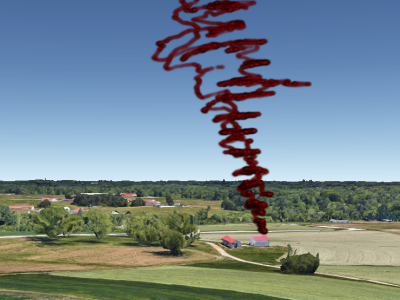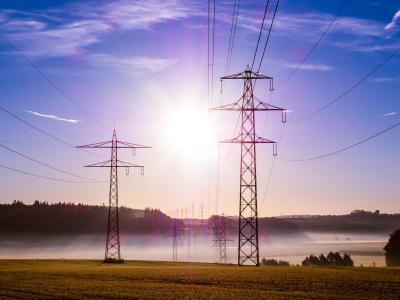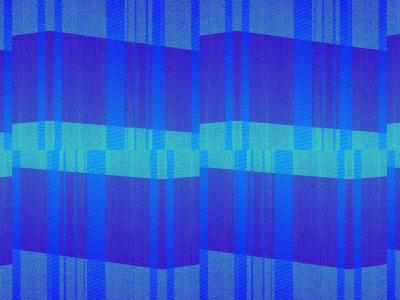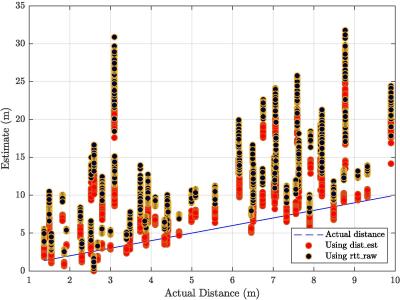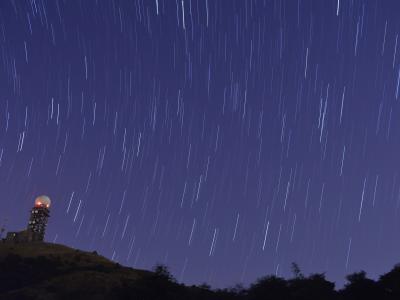
This data set consists of broadband VLF data that is used to calculate polarization for the paper titled "Polarization-Based VLF Remote Sensing of Transient Ionospheric Disturbances." The data is collected on two orthogonal magnetic loop antennas with 16-bit resolution at 100 kHz sample rate, with timing provided by a GPS-trained oscillator. EG is East Granby, Connecticut, and CN is Chapel Hill, North Carolina. The start dates and start times for the file are encoded in the file title: YYMMDDHHMMSS.
- Categories:

